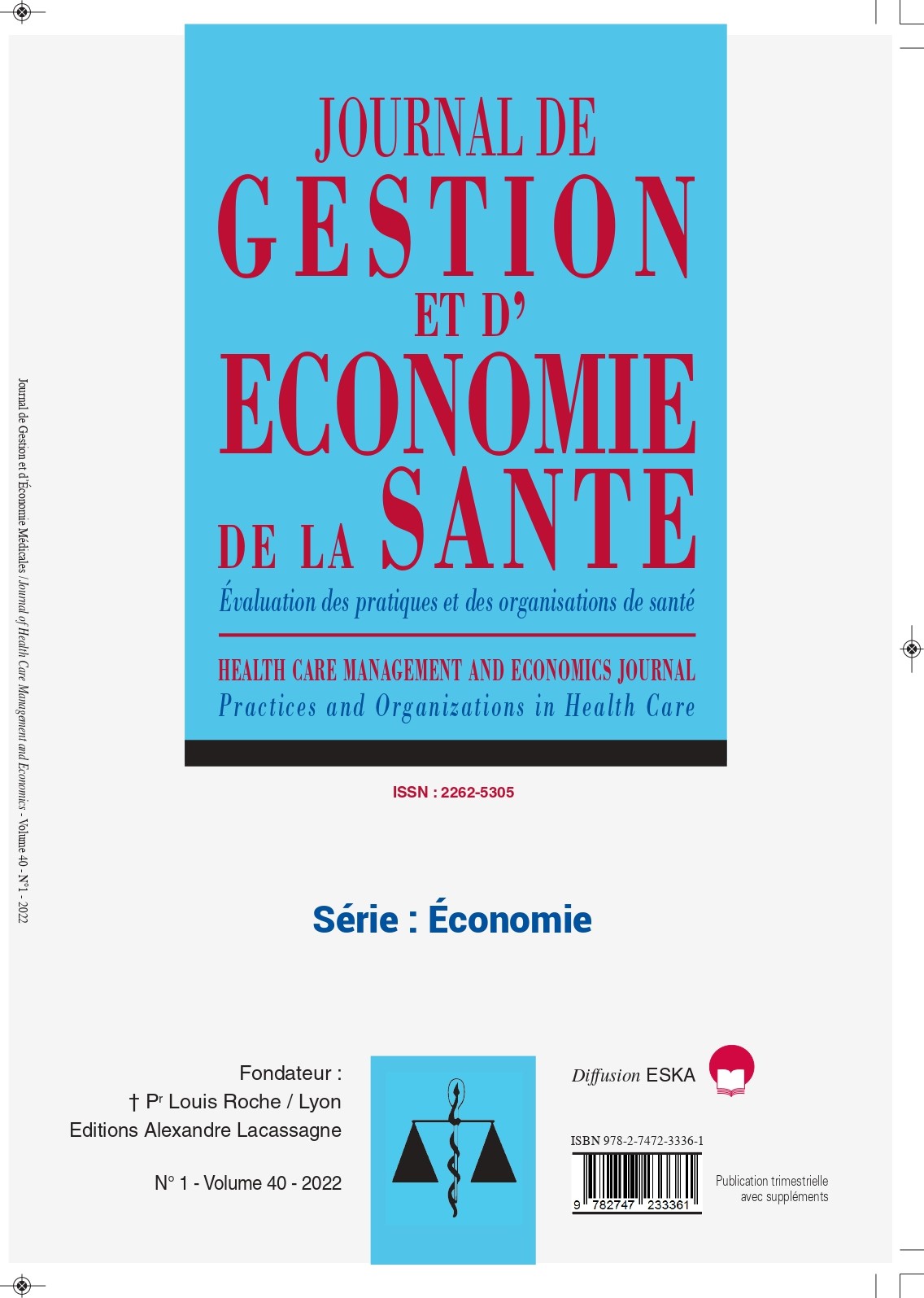COST-EFFECTIVENESS ANALYSIS AND ESTIMATION OF THE IMPACT ON INFANT MORTALITY OF THE DISTRIBUTION OF FAMILY KITS IN THE DEMOCRATIC REPUBLIC OF CONGO
Keywords:
Cost-effectiveness, Family kits, ICER, Survival analysis, Miabi, DR CongoAbstract
Introduction. Diarrhea, malnutrition, malaria, and acute respiratory infections are the leading causes of under-five mortality in the Democratic Republic of Congo. Innovative and cost-effective approaches are needed to accelerate progress in the fight against preventable infant, child, and maternal mortality. Looking forward to achieving the Millennium Development Goals, the DR Congo has established the Millennium Development Goals Acceleration Framework with the primary activity of distributing family kits.
Methods. To inform policy decisions, we conducted a cost-effectiveness analysis of family kits on under-five mortality. This study examined all-cause mortality over the period 2009 to 2018. Variables studied included age, sex, family kit ownership, maternal education, and maternal marital status. The non-experimental before-and-after design was used to successfully conduct this study.
Results. The estimated costs of care in US dollars were assessed with and without family kits. Of the 826 children followed, 45.4% were girls and 66.4% had received the family kit. Without the kits, the cost of managing all cases was $177,124. With the family kits, the overall cost was $726,688. In addition, a survival analysis was conducted and revealed that survival in the group of children who received treatment with the family kit was statistically better than survival in the group of children who received standard treatment/no family kit (p = 0.0063).
Discussion. The final analysis, which relates program costs to mortality data from the donor perspective, shows a cost-effectiveness ratio of $2,630 per death averted. Based on WHO criteria, we conclude that the addition of family kits is cost-effective in the Miabi health zone. To optimize the use of services and thus accelerate the reduction of child mortality, policymakers should consider integrating the family planning kit approach into the package of services provided at the community level and move to scale.
Published
How to Cite
Issue
Section

This work is licensed under a Creative Commons Attribution-NonCommercial 4.0 International License.









